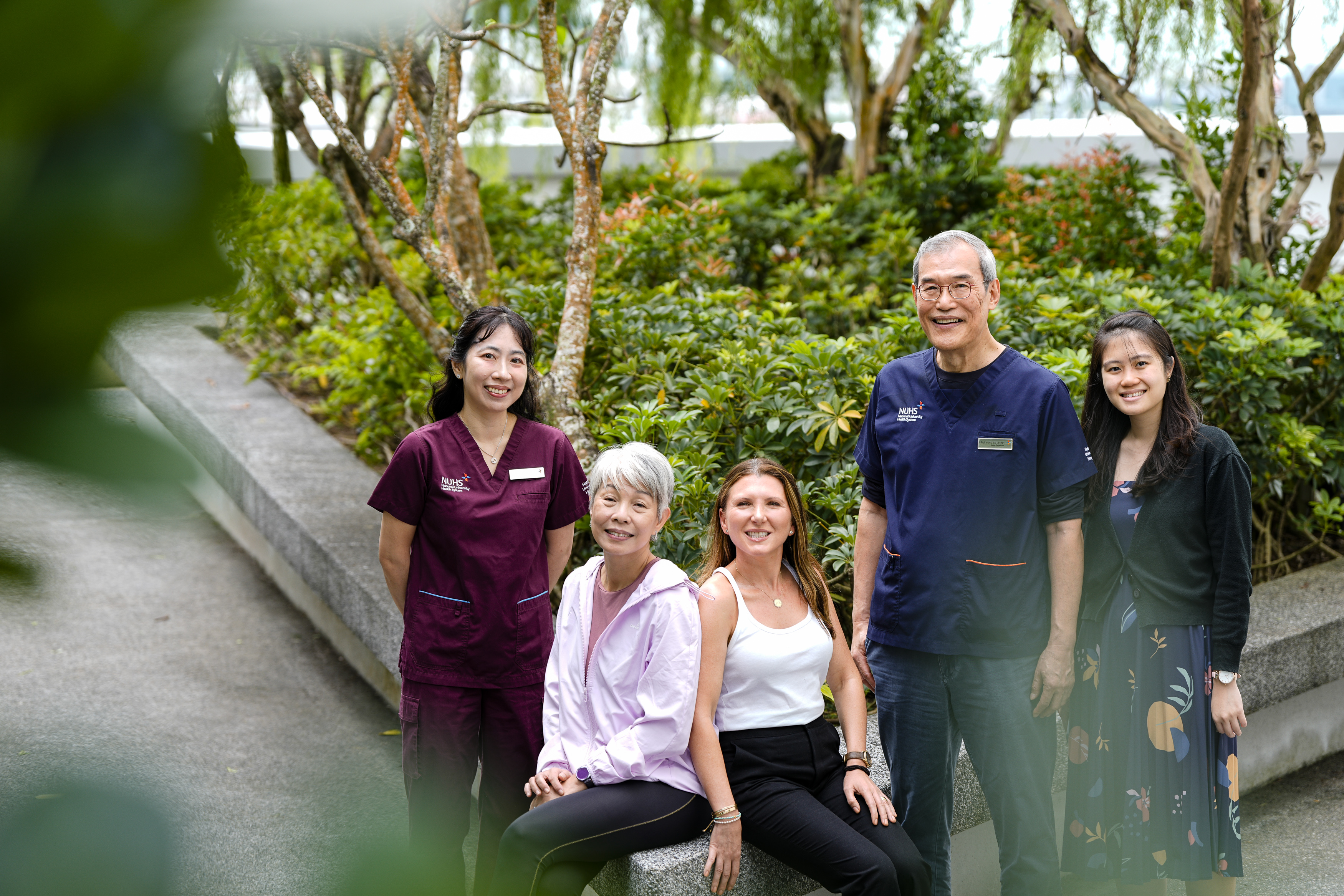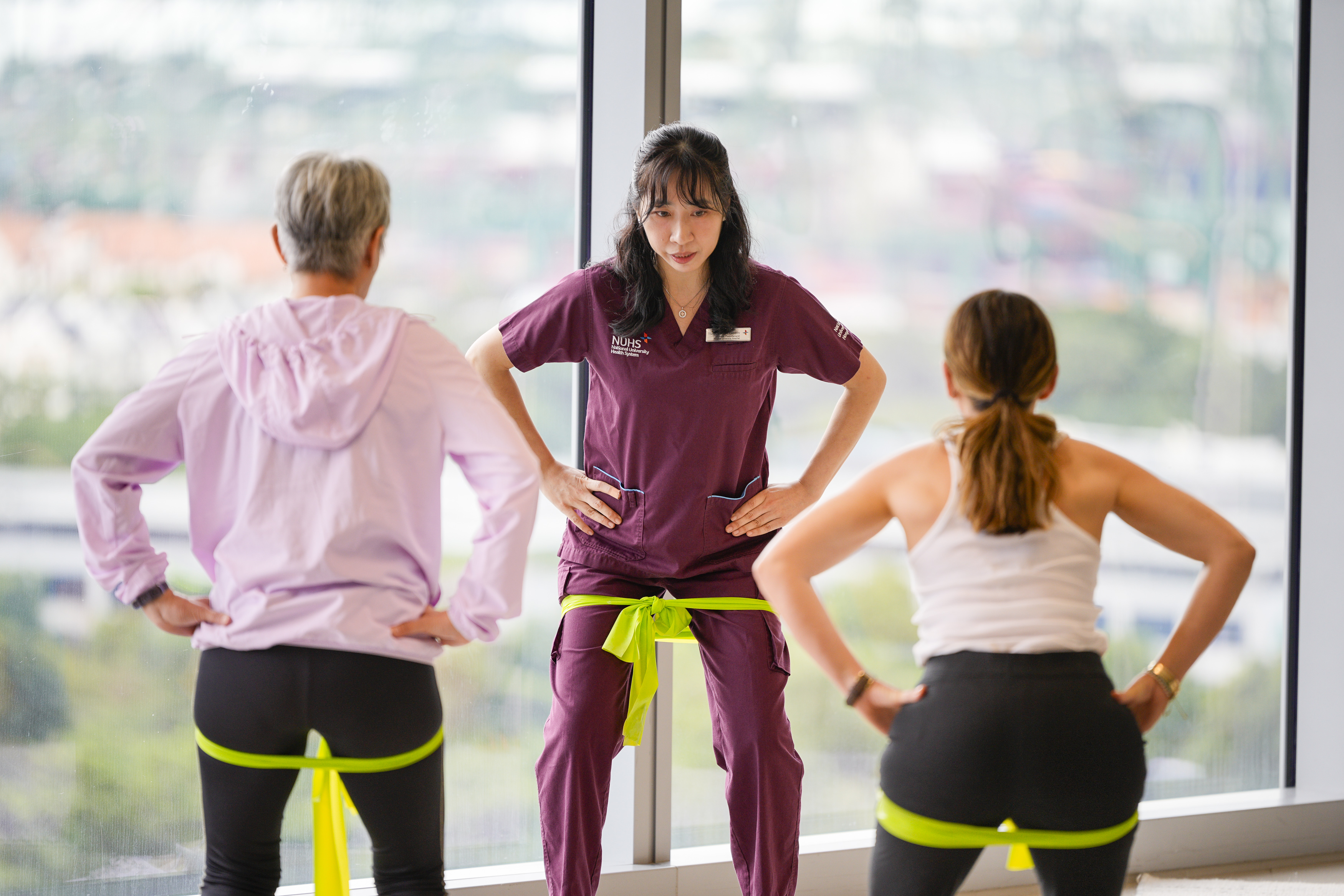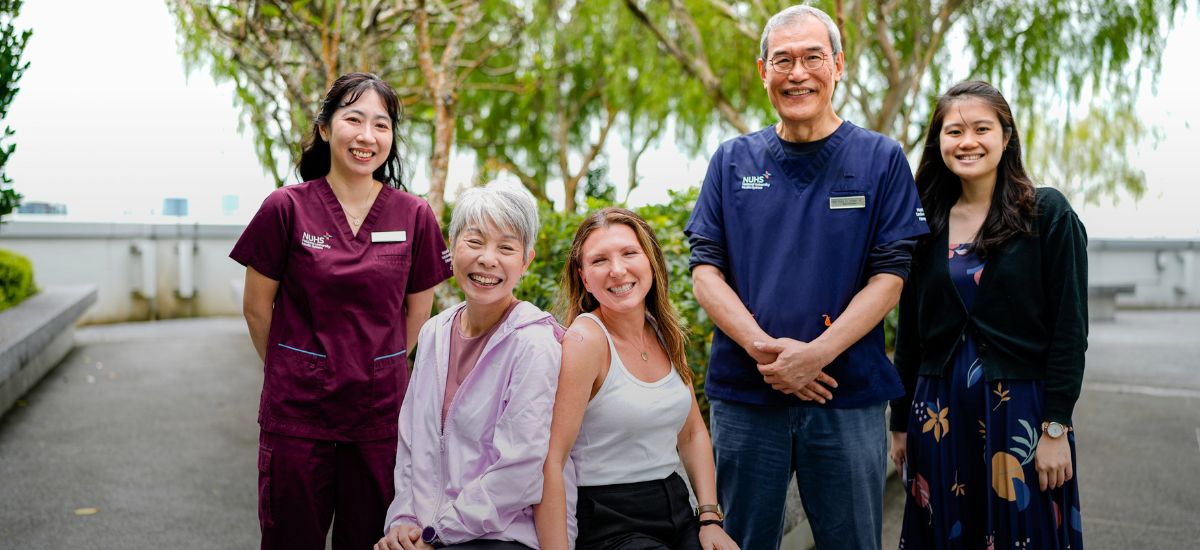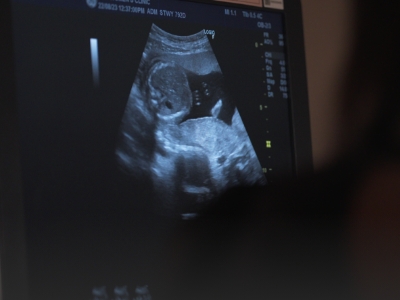Published on 15 February 2024
Studies by the Integrated Women’s Health Programme (IWHP) have found that joint and muscle pain are the most common symptoms of menopause among women in Singapore.
About five years ago, Madam Regina Lim started experiencing pain and stiffness in her joints, particularly in her knees.
Madam Lim initially thought the pain – which got so bad that she could not even squat – stemmed from years of running regularly. This suspicion was given further credence by a doctor she saw, who attributed the pain to “wear and tear”.
However, other symptoms soon surfaced. She began to experience increased sweating – leading to poor sleep – sudden emotional fluctuations, as well as brain fog, which affected her performance at work.
As it turned out, these symptoms were a result of Madam Lim’s menopause.
According to two studies conducted in 2023 by the Integrated Women’s Health Programme (IWHP) at the National University Hospital (NUH) and the National University of Singapore Yong Loo Lin School of Medicine (NUS Medicine), aches and pains in the muscles and joints rank as the top complaint among menopausal women in Singapore. These studies found that this issue affects between 30 per cent and 40 per cent of women in the country.

The problem? Most doctors, both in Singapore and around the world, do not recognise joint pain as a symptom of menopause.
"Menopausal joint pain – also known as arthralgia – is a condition that clinicians globally are not well aware of,” highlighted Professor Yong Eu Leong, Emeritus Consultant at NUH's Department of Obstetrics and Gynaecology.
“Despite being one of the most frequent complaints, there is a paucity of studies examining the risk factors associated with this condition. This is largely because, in the West, hot flushes are typically the primary focus when studying menopausal symptoms in women.”
The first study, which was published in October 2023 and focused on Chinese, Malay, and Indian ethnicities, showed that 62.6 per cent of 1,054 Singaporean women reported at least one moderate to extremely severe symptom during their menopause.
Arthralgia was ranked as the top menopausal symptom, significantly affecting a third (32.9 per cent) of the cohort. The other common menopausal symptoms include sleep problems (27.5 per cent), vaginal dryness (20.3 per cent), physical and mental exhaustion (19.6 per cent), and hot flushes (18.6 per cent).
A second study, which was published two months later in Climacteric – the official journal of the International Menopause Society – found that a huge proportion (74.9 per cent) in the cohort of 1,120 midlife women suffered from some form of arthralgia, ranging from mild to very severe.
“Our studies have revealed that arthralgia often correlates with other challenging symptoms during the postmenopausal phase, indicating a complex interplay within menopausal experiences,” Prof Yong elaborated.
“(We found that) arthralgia can be debilitating and may lead to a decline in the quality of life among healthy midlife women.”
In response to these critical findings, the IWHP is gearing up for a follow-up study. Collaborating with physiotherapists from NUH, the team also aims to develop targeted interventions, including exercise regimes to enhance muscle strength, along with exploring menopausal hormone therapy's potential in alleviating joint pains and improving overall well-being for premenopausal, perimenopausal, and postmenopausal women.

Prof Yong concluded, “Filling these gaps will help us understand the burden of arthralgia and its associated factors among a healthy population of midlife women and may shed understanding on improving its management.”
In consultation with Prof Yong Eu Leong, Emeritus Consultant, Department of Obstetrics and Gynaecology, NUH, Professor, Department of Obstetrics and Gynaecology, NUS Medicine.


